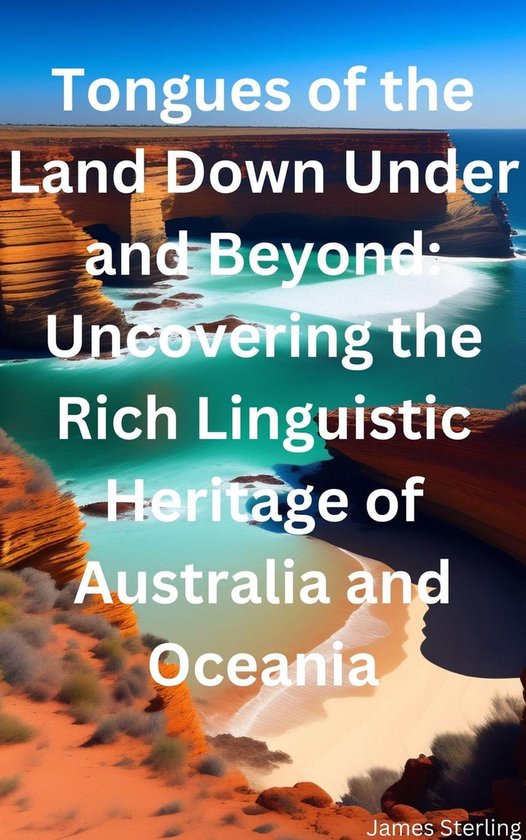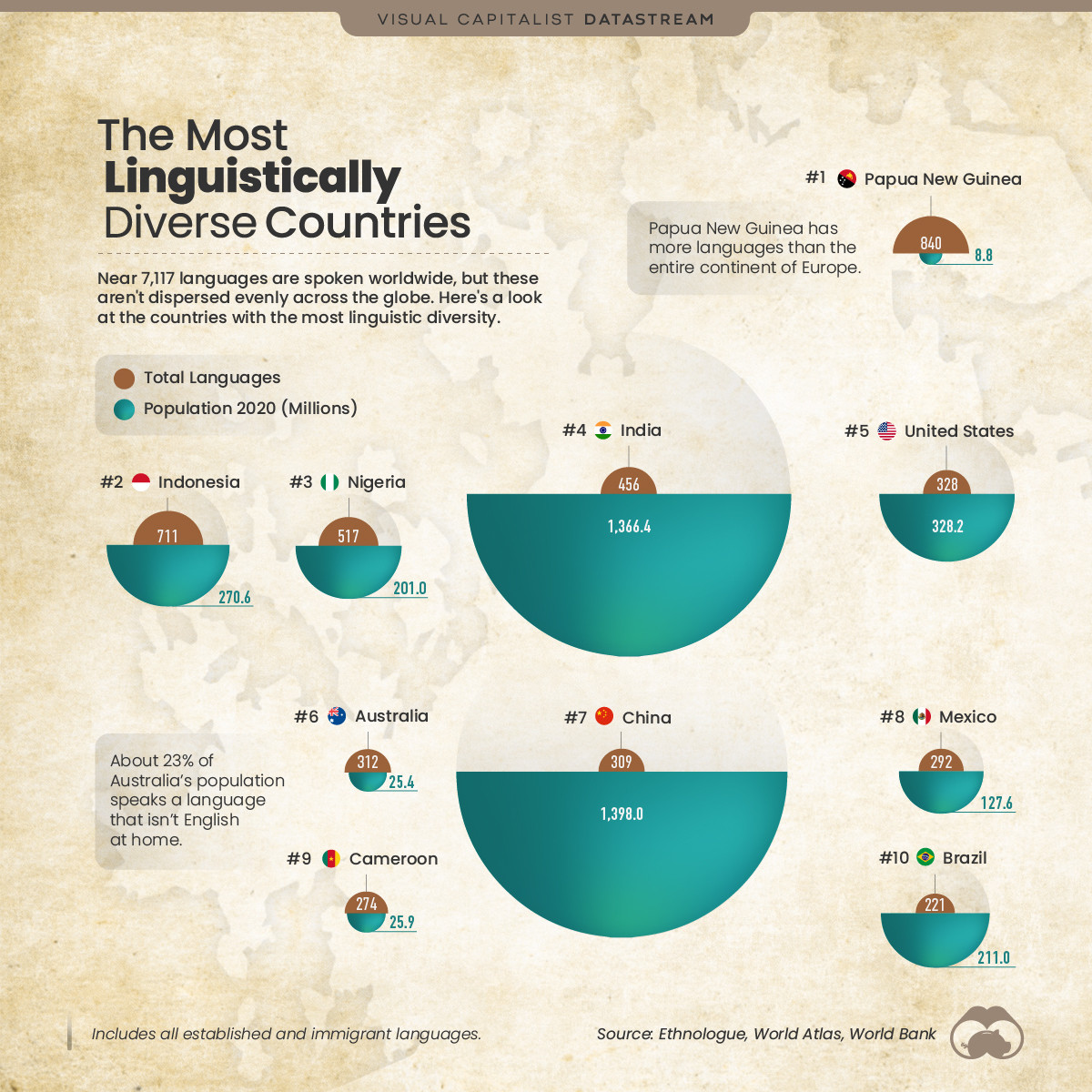A Tapestry of Tongues: How Australia’s Linguistic Landscape Reflects its Diverse History
A Tapestry of Tongues: How Australia’s Linguistic Landscape Reflects its Diverse History

Australia’s linguistic landscape is a vibrant and complex tapestry, woven from threads of colonization, migration, and cultural exchange. This unique blend of languages reflects the nation’s rich history, showcasing the enduring impact of its colonial past and the dynamic influx of diverse communities.
The Legacy of Colonization: English as the Dominant Force
Related Articles: A Tapestry of Tongues: How Australia’s Linguistic Landscape Reflects its Diverse History
- Unveiling The Beauty: A Comprehensive Guide To Bride Flower Bouquets
- A Rainbow On Your Plate: Exploring The Vibrant World Of Australian Fruits And Vegetables
- The Rhythms Of The Earth: A Journey Through Aboriginal Musical Instruments
- A Bountiful Harvest: Exploring The Diverse World Of Australian Fruit
- Unveiling The Spirit: Exploring Aboriginal Totem Animals
The arrival of the First Fleet in 1788 marked the beginning of a profound shift in Australia’s linguistic landscape. The British colonists brought with them their language, English, which quickly became the dominant language of administration, education, and commerce. Over time, English established itself as the official language of the nation, shaping the linguistic landscape for generations to come.
While English became the lingua franca, its impact on Aboriginal languages was significant and often devastating. The forced assimilation policies of the colonial government aimed to eradicate Indigenous languages and cultures, leading to the near extinction of many Aboriginal languages. This cultural erasure had a profound impact on the linguistic diversity of the continent, leaving a legacy of pain and loss.
The Rise of Multiculturalism: A New Wave of Languages
The post-World War II era witnessed a significant shift in Australia’s immigration patterns, with a surge of migrants arriving from diverse parts of the world. This wave of migration brought with it a kaleidoscope of languages, enriching Australia’s linguistic landscape and transforming it into a multicultural society.
From the melodic tones of Italian to the vibrant rhythm of Mandarin, the linguistic diversity of Australia began to flourish. These languages found their place in homes, communities, and workplaces, creating a vibrant mosaic of cultural expression. The influx of migrants also brought with it new dialects and accents of English, contributing to the evolution of the Australian English language.
The Linguistic Landscape Today: A Mosaic of Diversity
Today, Australia boasts a linguistic landscape that reflects its diverse history and multicultural present. While English remains the dominant language, it coexists alongside a multitude of other languages, creating a rich and dynamic linguistic tapestry.
Here are some key aspects of Australia’s current linguistic landscape:

- English as the Official Language: English is the official language of Australia and is spoken by the majority of the population.
- Aboriginal Languages: Despite the devastating impact of colonization, there are still over 120 Aboriginal languages spoken across Australia. Efforts are underway to revitalize and preserve these languages, recognizing their cultural significance.
- Multilingualism: Australia is home to over 250 languages spoken by its diverse population. This linguistic diversity is a testament to the country’s multicultural heritage and its welcoming embrace of immigrants.
- English Dialects and Accents: The influx of migrants has contributed to the development of diverse dialects and accents of English in Australia. These variations in pronunciation, vocabulary, and grammar add to the richness of the Australian English language.

The Impact of Linguistic Diversity:
Australia’s linguistic diversity has had a profound impact on its society and culture. It has:
- Enriched cultural expression: The presence of diverse languages has contributed to a vibrant and dynamic cultural landscape, with festivals, celebrations, and artistic expressions reflecting the richness of different cultures.
- Promoted tolerance and understanding: The exposure to different languages and cultures has fostered a culture of tolerance and understanding, encouraging Australians to appreciate and respect diversity.
- Enhanced economic competitiveness: Linguistic diversity has made Australia a more attractive destination for international business and investment, as it provides a skilled workforce with multilingual capabilities.
- Strengthened social cohesion: While language differences can sometimes present challenges, they also provide opportunities for cross-cultural communication and understanding, fostering social cohesion and unity.

Challenges and Opportunities:
While Australia’s linguistic landscape is a source of pride and strength, it also presents challenges.
- Language barriers: Language differences can create barriers to communication and access to services for non-English speakers.
- Preservation of Aboriginal languages: The revitalization and preservation of Aboriginal languages require sustained efforts and resources to address the legacy of colonial policies.
- Integration and inclusion: Efforts are needed to ensure the integration and inclusion of all language groups, promoting intercultural understanding and reducing social isolation.
Conclusion:
Australia’s linguistic landscape is a testament to its diverse history and multicultural present. The legacy of colonization, the influx of migrants, and the resilience of Aboriginal languages have all shaped the nation’s linguistic tapestry. As Australia continues to evolve, embracing its linguistic diversity will remain crucial for fostering a harmonious, inclusive, and vibrant society.
FAQ about Australia’s Linguistic Landscape:
1. What is the official language of Australia?
The official language of Australia is English.
2. How many languages are spoken in Australia?
Australia is home to over 250 languages, including English, Aboriginal languages, and languages spoken by migrants.
3. What is the impact of colonization on Aboriginal languages?
Colonial policies aimed at assimilating Aboriginal people led to the near extinction of many Indigenous languages. The forced suppression of Aboriginal languages had a devastating impact on their cultural heritage.
4. How has migration contributed to Australia’s linguistic diversity?
The influx of migrants from diverse parts of the world has brought with it a kaleidoscope of languages, enriching Australia’s linguistic landscape and creating a multicultural society.
5. What are the challenges of linguistic diversity in Australia?
Language barriers can create challenges for communication and access to services for non-English speakers. The preservation of Aboriginal languages requires sustained efforts and resources.
6. How can Australia promote linguistic diversity and inclusion?
Australia can promote linguistic diversity and inclusion by investing in language programs, supporting multilingual communities, and promoting intercultural understanding.
7. What are the benefits of linguistic diversity in Australia?
Linguistic diversity enriches cultural expression, promotes tolerance and understanding, enhances economic competitiveness, and strengthens social cohesion.
8. How is the Australian English language unique?
Australian English has evolved over time, incorporating elements from British English, Aboriginal languages, and the languages of migrants. It features unique vocabulary, pronunciation, and grammar.

Closure
Thus, we hope this article has provided valuable insights into A Tapestry of Tongues: How Australia’s Linguistic Landscape Reflects its Diverse History. We appreciate your attention to our article. See you in our next article!


